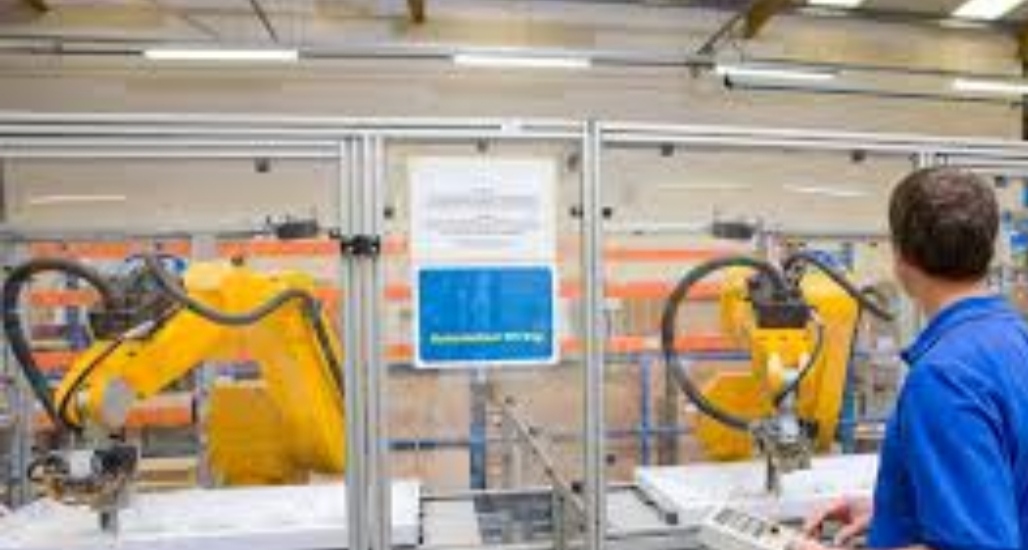The goal of all job creation strategies is to stimulate healthy economic growth. Economists agree that annual growth between 2%–3% is sustainable.1 This usually requires adding 150,000 new jobs per month to employ new workers entering the labor force. In a free market economy, the government doesn’t need to do anything when growth is healthy; capitalism encourages small businesses to compete, thereby creating better ways to meet consumers’ needs.
Even a healthy economy is subject to the bubbles and busts of the business cycle. When the economy contracts into a recession, the government must create solutions to unemployment. It may use expansive monetary and fiscal policies to stimulate job growth. Here are the eight job creation strategies that give the most bang for the buck.
01
Reduce Interest Rates
Expansionary monetary policy is when a central bank, such as the Federal Reserve, uses its tools to stimulate the economy—often lowering the fed funds rate to increase the money supply, which increases liquidity and gives banks more money to lend.2 As a result, mortgage and other interest rates decline. With cheaper credit, consumers can borrow and spend more, allowing businesses to expand to meet the increased demand. This increased demand lets companies hire more workers and give them more purchasing power.
The Fed can also increase the money supply through quantitative easing, which is when it creates credit out of thin air to buy U.S. Treasurys, mortgage-backed securities, and any other kinds of debt.3 They can quickly put trillions of dollars into the economy by making credit available without increasing the U.S. debt. They also have many other tools, such as lowering the federal reserve requirement and lowering the rate on the discount window—which should be done first when a recession is looming because decisions can be made quickly through the regular Federal Open Market Committee meeting.
02
Spend on Public Works
A University of Massachusetts at Amherst study found that all government spending is not created equal. The most cost-effective ones are building roads, bridges, and other public works. $1 billion spent on public works created 19,795 jobs.5 Public works create jobs because it puts people right to work. The federal government can quickly fund construction projects already in the approval pipeline. It can hire contractors, send money to the states, or hire workers directly. That was one reason why the American Recovery and Reinvestment Act ended the Great Recession in 2009.6 It spent $85 billion in shovel-ready construction projects.7
03
Spend on Unemployment Benefits




